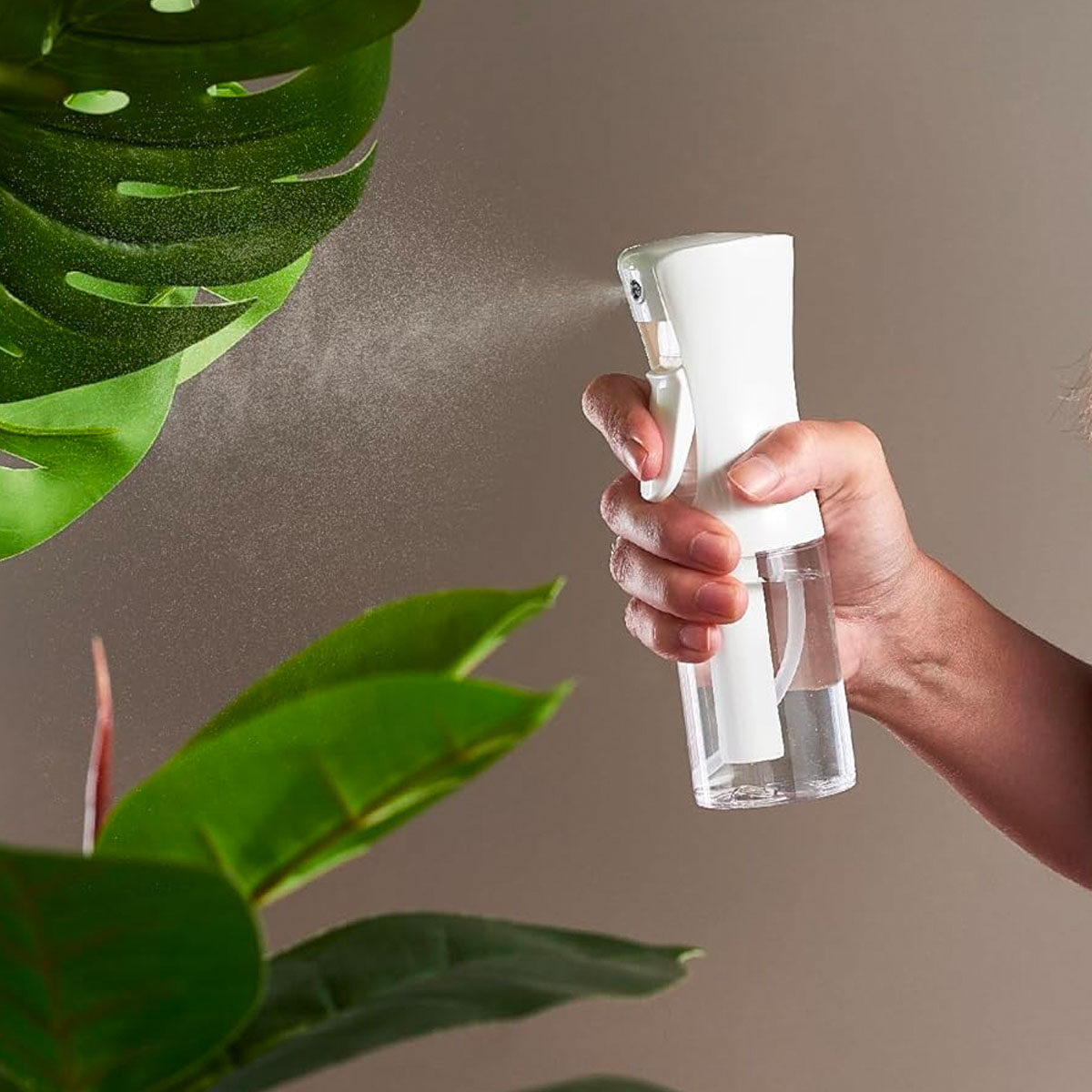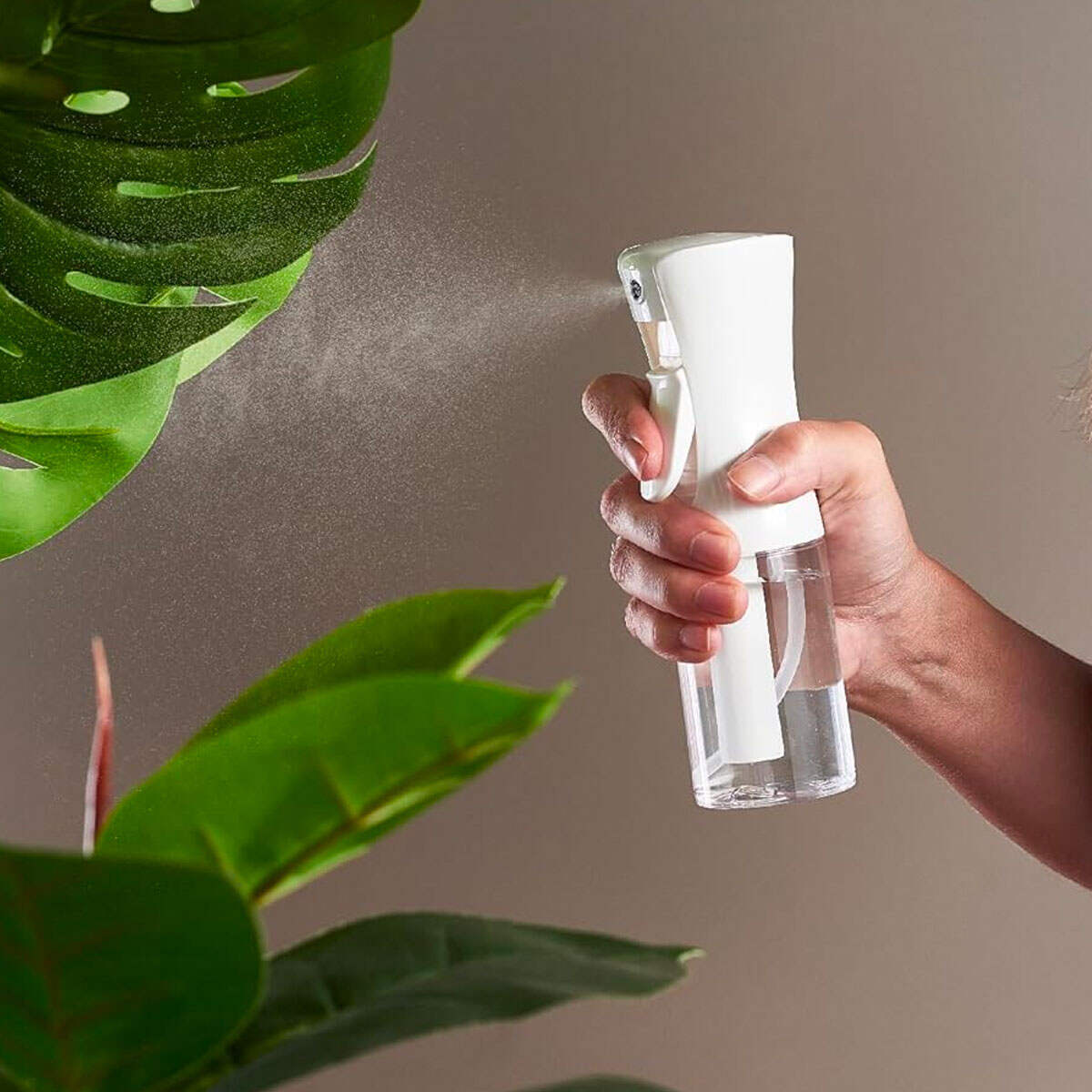Email format error
Email cannot be empty
Email already exists
6-20 characters(letters plus numbers only)
The password is inconsistent
Email format error
Email cannot be empty
Email does not exist
6-20 characters(letters plus numbers only)
The password is inconsistent

Antique spray bottles, often regarded as charming relics of the past, serve as beautiful decorative items that can add character and elegance to any space. From their intricate designs to the nostalgia they evoke, these bottles hold stories of bygone eras. Understanding the different types and materials used in antique spray bottles is essential for collectors and enthusiasts, especially in the thriving wholesale antique spray bottle market. This guide will explore various styles of antique spray bottles, the materials used to create them, and essential restoration and preservation techniques that ensure these treasures stand the test of time.
Antique spray bottles are vintage vessels designed to hold liquids, primarily for personal grooming or household use. They often feature a mechanism for creating a fine mist, making them ideal for perfumes, toiletries, and cleaning solutions. The allure of antique spray bottles lies not only in their functionality but also in their craftsmanship and aesthetic appeal.
While the exact origin of spray bottles is unclear, they gained popularity in the late 19th and early 20th centuries, coinciding with advancements in glassmaking and the design of functional home accessories. Today, antique spray bottles are prized by collectors and decorators alike, often sought after for their unique designs and historical significance.
The Victorian era (1837-1901) was a time of great innovation in design, and antique spray bottles from this period reflect the ornate and elaborate aesthetics of the time.
Victorian antique spray bottles are often characterized by their intricate detailing, such as etched glass, ornate metalwork, and decorative motifs like floral patterns and geometric shapes. These bottles typically feature a bulb-shaped spray head and a long, slender neck, designed to be both functional and beautiful.
Victorian spray bottles were predominantly made from high-quality glass, often hand-blown and sometimes cut or engraved to create exquisite designs. The spray heads were usually made from metal, such as brass or silver, which added a touch of luxury.
One notable example of a Victorian spray bottle is the "atomizer," a popular design that allowed for a fine mist of perfume to be dispensed. These bottles often featured elaborate engravings and were made from colored glass, making them highly collectible today. The demand for such decorative pieces reflected the Victorian emphasis on beauty and refinement in everyday items.
The Art Deco movement, which flourished from the 1920s to the 1930s, introduced a new aesthetic that emphasized bold geometric shapes, vibrant colors, and luxurious materials.
Art Deco antique spray bottles are known for their streamlined forms and modernistic designs. They often feature angular shapes, contrasting colors, and a combination of materials that reflect the era's fascination with technology and progress.
These bottles frequently utilized clear and frosted glass, often combined with metals like chrome or gold. The use of vibrant colors, such as deep blues, reds, and greens, adds to their visual appeal.
The Art Deco movement significantly influenced interior design, and antique spray bottles from this era have become highly sought after by collectors. Their unique styles and vibrant aesthetics make them ideal for both decorative and functional purposes in modern homes.
While Victorian and Art Deco styles dominate the antique spray bottle landscape, there are other notable styles worth exploring.
Mid-Century Modern design, emerging in the 1940s and 1950s, focused on simplicity and functionality. Antique spray bottles from this period often exhibit minimalist designs, utilizing sleek lines and bold colors. The materials used, such as glass and plastic, were innovative for the time.
Antique spray bottles also reflect country and rustic designs, often made from simple materials like ceramic or stoneware. These bottles typically feature hand-painted designs, emphasizing a more homely aesthetic. They are perfect for creating a cozy atmosphere in farmhouse-style interiors.
European antique spray bottles often showcase intricate detailing and craftsmanship, reflecting the artistic traditions of their respective countries. In contrast, American designs may prioritize functionality and simplicity, catering to the evolving needs of consumers during the industrial era. Both styles hold unique historical significance and appeal to different types of collectors.
The materials used in the creation of antique spray bottles significantly influence their aesthetics, durability, and value.
Antique spray bottles predominantly feature glass as their primary material. Several types of glass can be found in these bottles:
Cut Glass: This type of glass is characterized by intricate designs cut into the surface. Cut glass bottles are often highly collectible due to their craftsmanship.
Colored Glass: Colored glass was popular in various eras, adding vibrancy to antique spray bottles. Deep blues, greens, and amethyst shades were common.
Frosted Glass: This style features a matte finish, often created by sandblasting or acid etching. Frosted glass spray bottles have a soft, elegant appearance.
The quality of glass used in antique spray bottles directly impacts their value. Bottles made from high-quality, hand-blown glass are generally more sought after by collectors, as they represent superior craftsmanship.
Many antique spray bottles feature metal components, including:
Brass: This metal was commonly used for spray heads and fittings, adding a touch of elegance to the design.
Silver: Silver accents were often employed for luxury bottles, especially during the Victorian era.
Aluminum: More modern spray bottles may use aluminum, known for its lightweight and corrosion-resistant properties.
While glass provides an elegant look, metal components can enhance durability and functionality. However, metal parts may tarnish over time and require regular maintenance to preserve their appearance.
Antique spray bottles often feature a combination of materials, resulting in unique designs.
One common combination includes a glass body with a metal spray head. This design not only adds visual interest but also leverages the benefits of both materials—glass for its beauty and metal for its durability.
The interplay of glass and metal can create striking contrasts, elevating the aesthetic appeal of the bottle. Collectors often seek these unique designs, as they represent the creativity and innovation of the period.
Preserving the integrity and beauty of antique spray bottles requires careful attention to cleaning, restoration, and long-term preservation techniques.
Cleaning antique spray bottles should be approached with caution to avoid damaging delicate surfaces.
Gentle Soap and Water: For light cleaning, use a mixture of mild soap and warm water. Soak the bottle for a short time and use a soft cloth or sponge to clean the surface.
Avoid Abrasive Materials: Never use steel wool or abrasive cleaners, as they can scratch the glass or metal.
Rinse Thoroughly: Ensure that all soap residue is rinsed away, as it can leave a film on the surface.
For tougher stains, consider using a solution of vinegar and water. This natural cleaner can help dissolve mineral deposits without harming the bottle's finish. Use a soft brush for intricate designs and hard-to-reach areas.
Restoring antique spray bottles requires skill and knowledge to maintain their authenticity.
Minor Chips: For small chips in glass, consider using a glass filler designed for repairs. This can help restore the bottle's original appearance without compromising its integrity.
Scratches: Light scratches on glass can sometimes be buffed out using a glass polishing compound and a soft cloth.
Dents in Metal: For minor dents in metal components, a rubber mallet can gently reshape the area without causing further damage.
For extensive damage or high-value bottles, it’s best to consult a professional restorer who specializes in antiques. They have the expertise and tools to restore items while preserving their historical significance.
Proper preservation is crucial for maintaining the value and integrity of antique spray bottles.
Preserved antique spray bottles can maintain their aesthetic appeal and functional integrity for generations. Poor preservation can lead to deterioration, decreasing their value and desirability among collectors.
Avoid Direct Sunlight: Prolonged exposure to sunlight can fade colors and weaken glass. Store bottles in a cool, dark place.
Temperature and Humidity Control: Maintain stable temperature and humidity levels to prevent warping or cracking.
Use Protective Displays: When displaying antique spray bottles, consider using protective cases or stands to prevent accidental damage.
Understanding the different types of antique spray bottles, their materials, and the importance of restoration and preservation techniques is essential for anyone interested in the world of antiques. The beauty of these bottles lies in their craftsmanship and the stories they tell. Whether you’re a seasoned collector or a newcomer to the wholesale antique spray bottle market, appreciating these treasures will enrich your experience and knowledge.
As the demand for vintage home decor continues to rise, the allure of antique spray bottles remains strong. By incorporating the information in this guide, you can confidently explore, collect, and care for these unique items, ensuring they are cherished for generations to come.